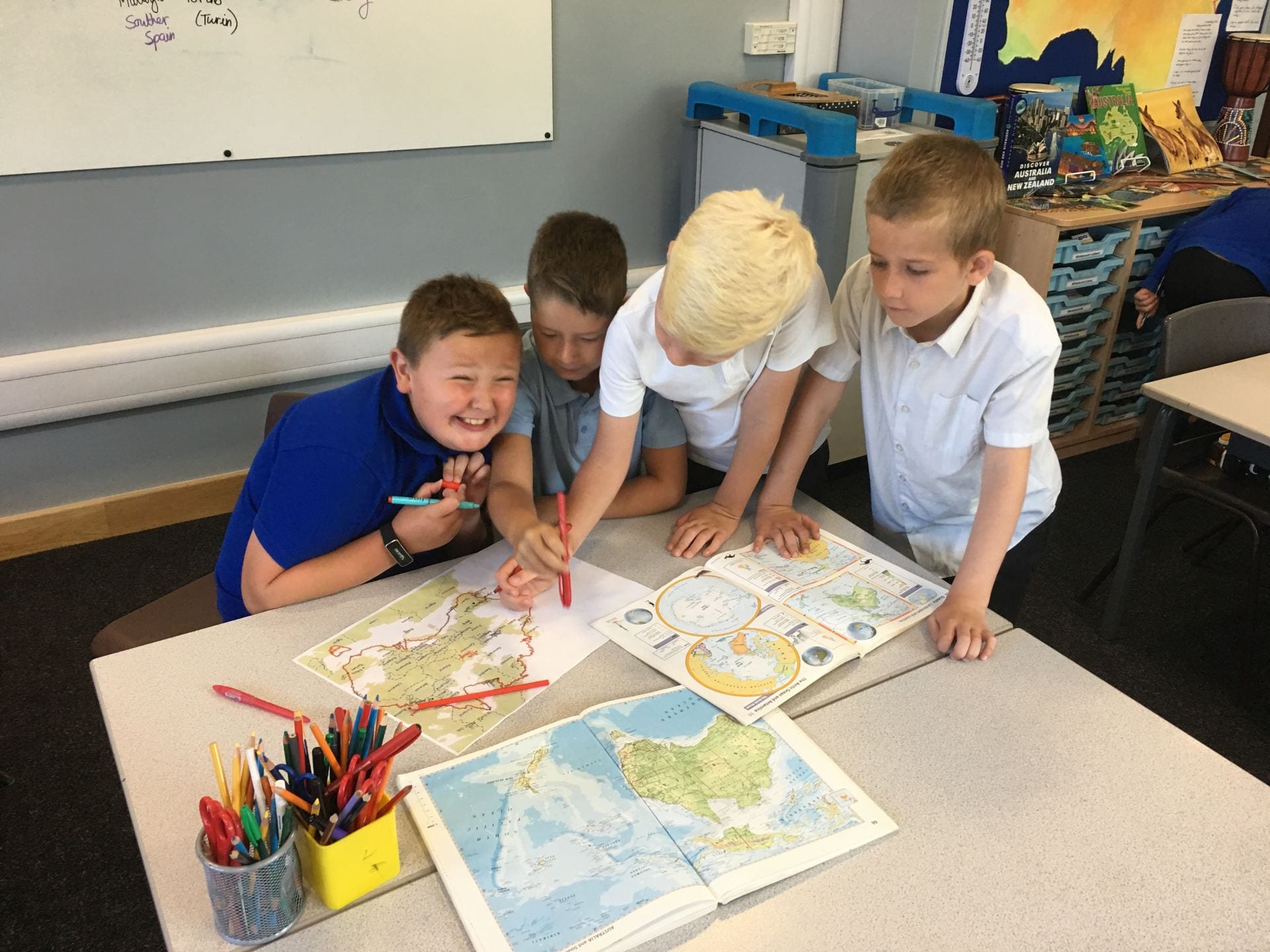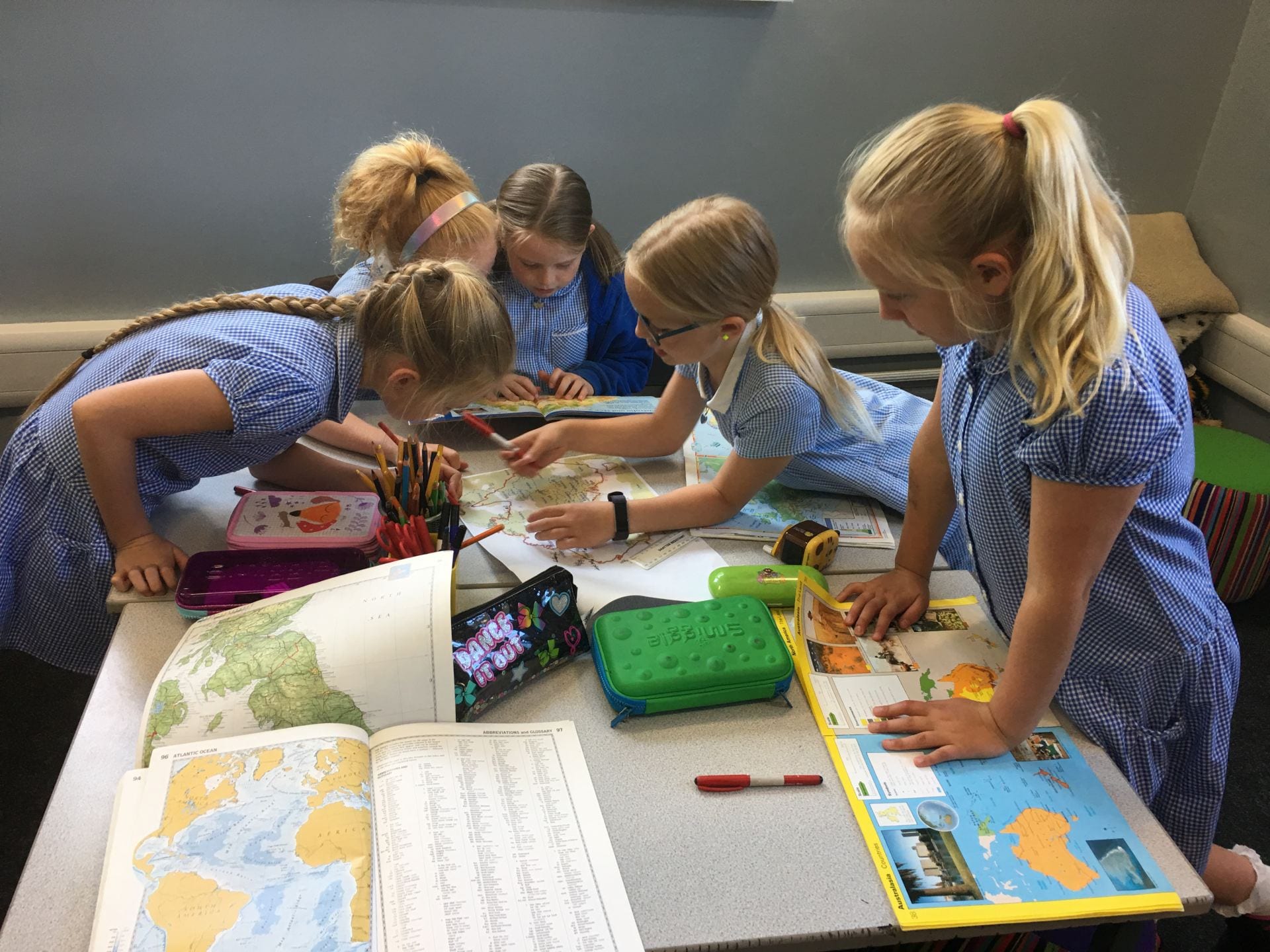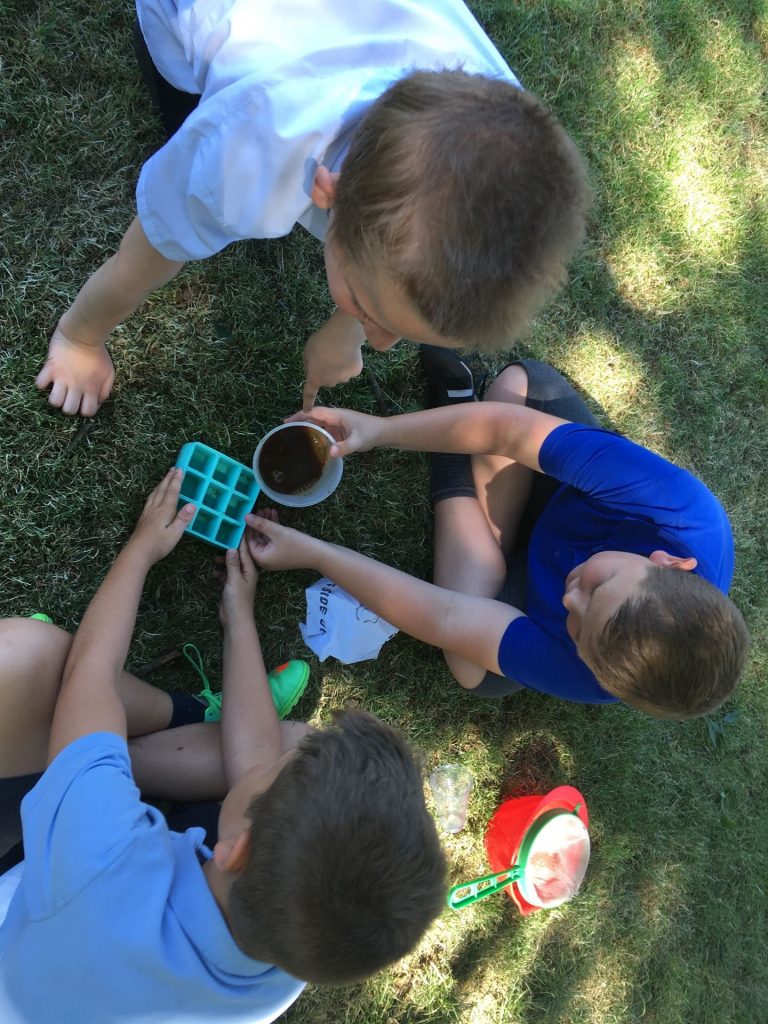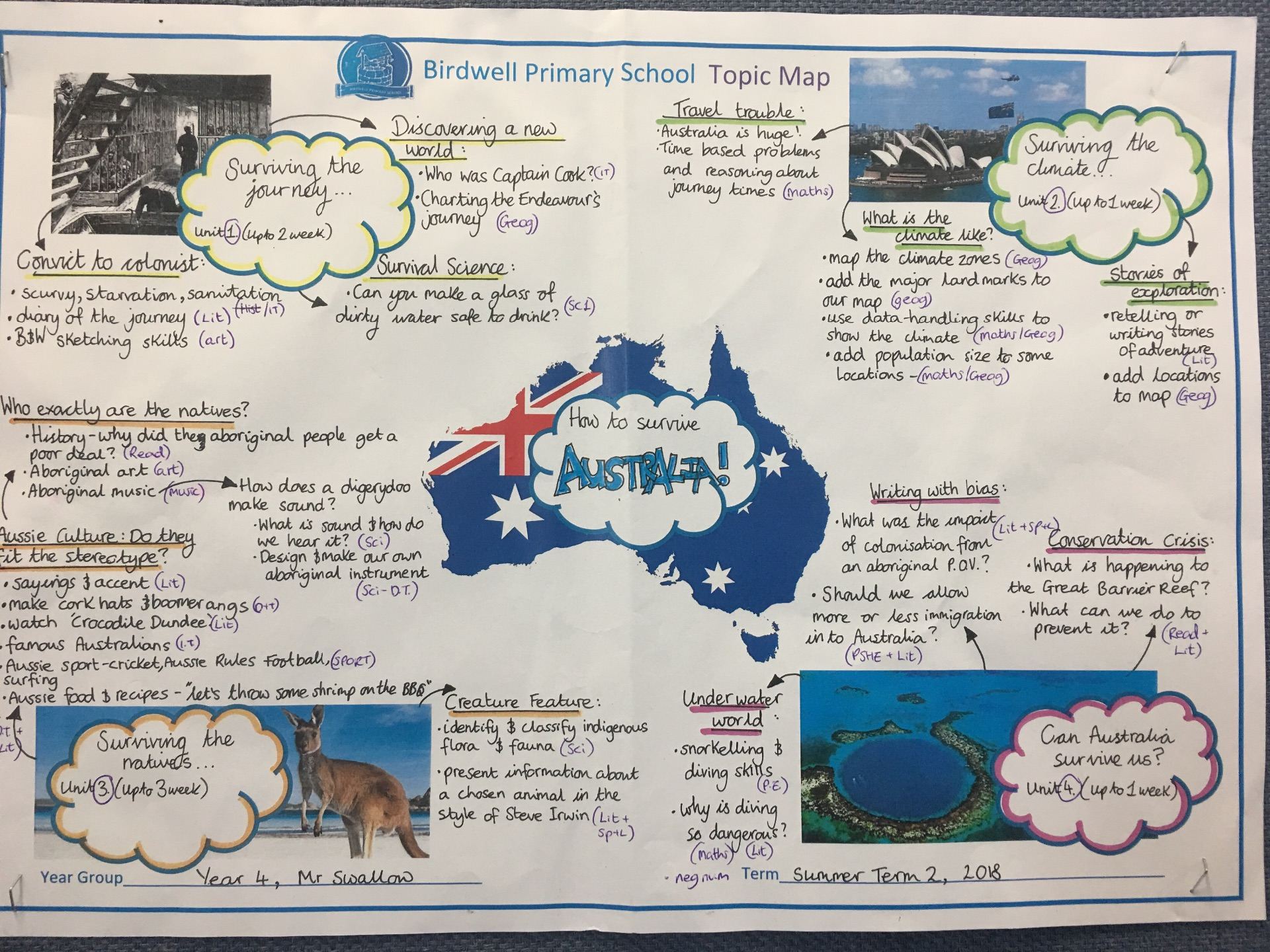We realised that we could get an awful lot of particles, in our mixture, out of the water through sieving and filtering. However, no matter how careful we were and how fine a filter we used, the water would not come clean and clear.
Mr Swallow introduced us to the concept of mixtures and solutions. Mixtures can be separated by filtering BUT solutions can’t. Therefore, the dirty water left in our cups after all that sieving MUST be a solution!!!
Mr Swallow challenged us to come up with an experiment to separate the solution and finally purify the water. We brainstormed all the things we could do to a liquid, we came up with: pour it (done that), shake it (done that), drink it (errr!!!!), soak it up (good idea), heat it up, cool it down or add something to it.
Each team chose which approach to take and planned their experiment. Mr Swallow ran around school and popped to the shop at lunch to get all the equipment we needed and off we went. Investigating whether our idea would separate the solution or not…
Some teams soaked up the water with a sponge or kitchen roll, then squeezed it out to see if that would separate the solution…it didn’t.
Some teams added chemicals, such as Milton, hand sanitizer or washing up liquid, to see if that would work. It probably killed off any germs but we still wouldn’t want to drink it!
Some teams cooled down the solution by freezing it in an ice cube tray or adding ice to it to “grab” the particles (nice idea as it works with salt if you put too much in your cooking!). It didn’t work here though!
The final team opted for heating the solution. They boiled it in a pan on Mr Swallow’s camping stove and as the liquid evaporated into steam, they collected it in half of a bottle (with Mr Swallow’s help and his oven gloves!!!), where it condensed back into clean, clear water! success! In order to separate the water from the solution, we had to turn it into a vapour and then back to a liquid.

Well done everyone, we may just survive this journey after all!


































































































